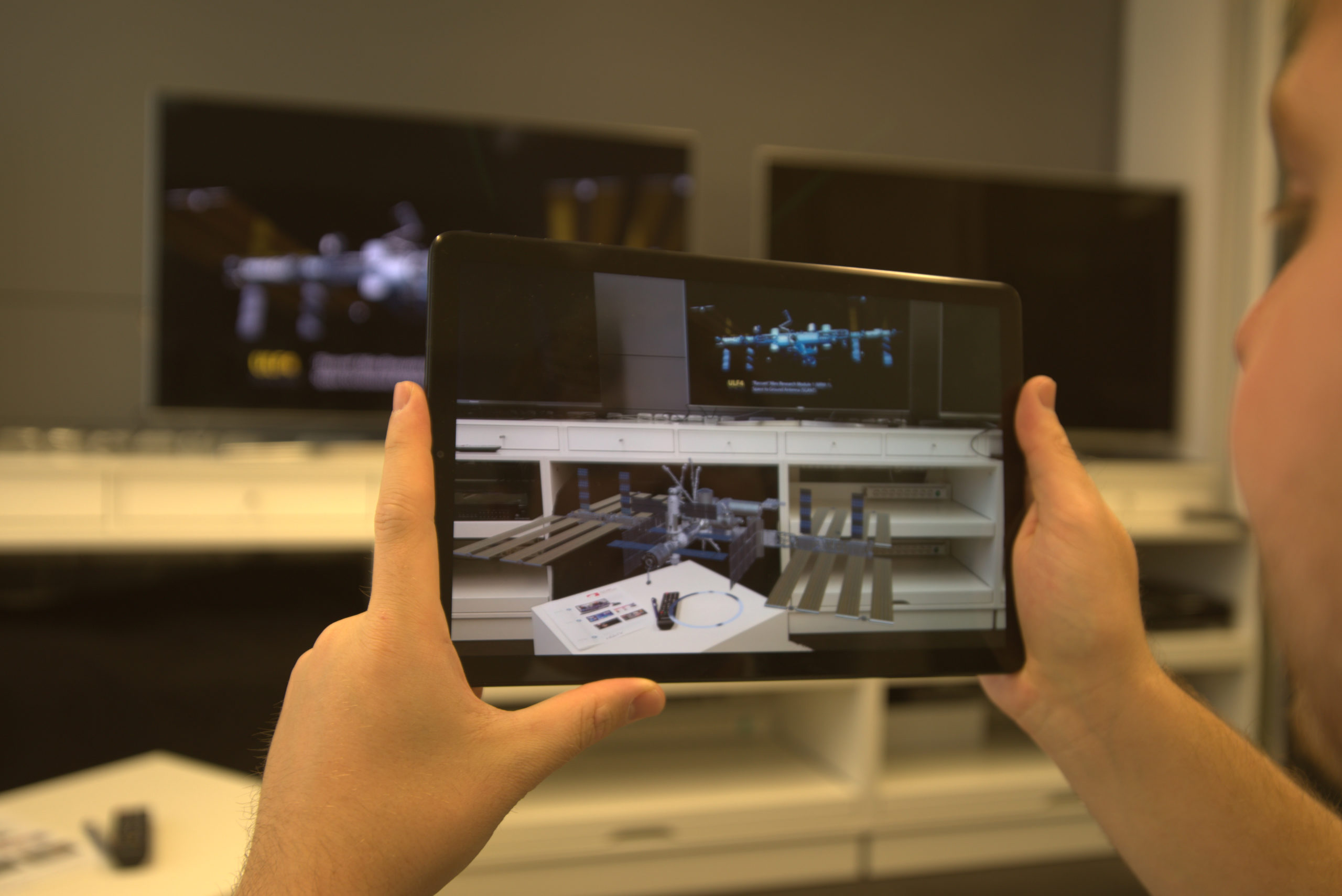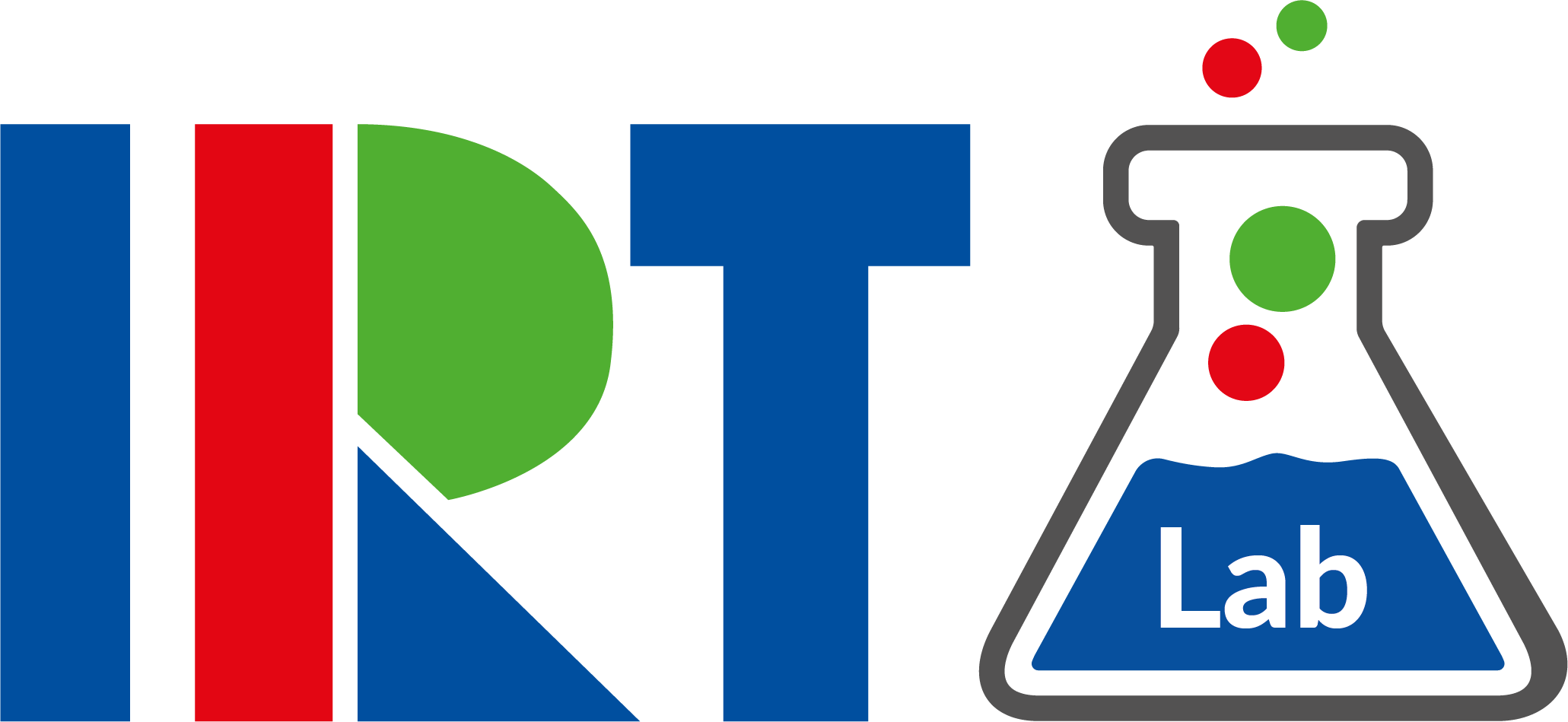
Augmented Reality (AR) is hyped for some years now and shows a lot of potential. Among other advantages, there were already successes in the educational system with the use of AR to teach factual content. In 2019 IRT investigated the integration of an AR application into educational television in the form of a student thesis.
For two years the IRT researches how mobile AR devices, like the Microsoft HoloLens or latest smartphones and tablets, can be used in TV Productions. In two prior experiments (Microsoft Spectator View and iOS Spectator View) these AR devices where used to produce edutainment content enriched with AR graphics. While all demonstrators are based on AR applications it is not complicated to distribute these apps also to the viewer. We therefore wanted to research the potentials of an edutainment clip accompanied by an AR App.
A scenario was designed to examine and evaluate the use of AR in educational
television. The scenario shows a concrete use case how to combine explanatory videos
with an AR app. A short explanatory video was produced. In this video, a moderator
explains something about a concrete topic with the help of AR objects, animations
and video clips. In addition, a smartphone AR app was developed. The app can display
the same AR-Objects as seen in the video and enables interaction with these objects.
The information given by the video is enhanced and further visualized by the App.
While and after watching the video users can play with the App to deepen their
understanding of the subject.
A user study with 30 participants was conducted to examine the potential of combing
an AR-App with educational television. The study examined the two test cases (1)
explanatory video with augmented reality app and (2) explanatory video without app.
Every test subject experienced the two use cases and gave feedback through
questionnaires concerning cognitive load and user experience.
The results show that it can be useful to use TV-based AR applications for
education. The users were more stressed but not mentally overloaded while using the
App in comparison to just watching the video. With the use of the app the test
persons had the feeling that they had learned faster and that it was easier to learn
this way. Generally, the system was very attractive for the test persons, who also
ascribed a high non-task-related quality to the use of the AR app.
To address the problem of the distraction and the resulting stress we will synchronize the application and the video in a further prototype. While the clip is playing the app shows the same animations as on TV. After the clip is finished or paused by the viewer, the app can be used to gain deeper knowledge of the topic. It may be even possible, that the clip is controlled by the application, so that the viewer selects what details he likes to see and learn more about. The possibilities seem endless and some, very promising.

